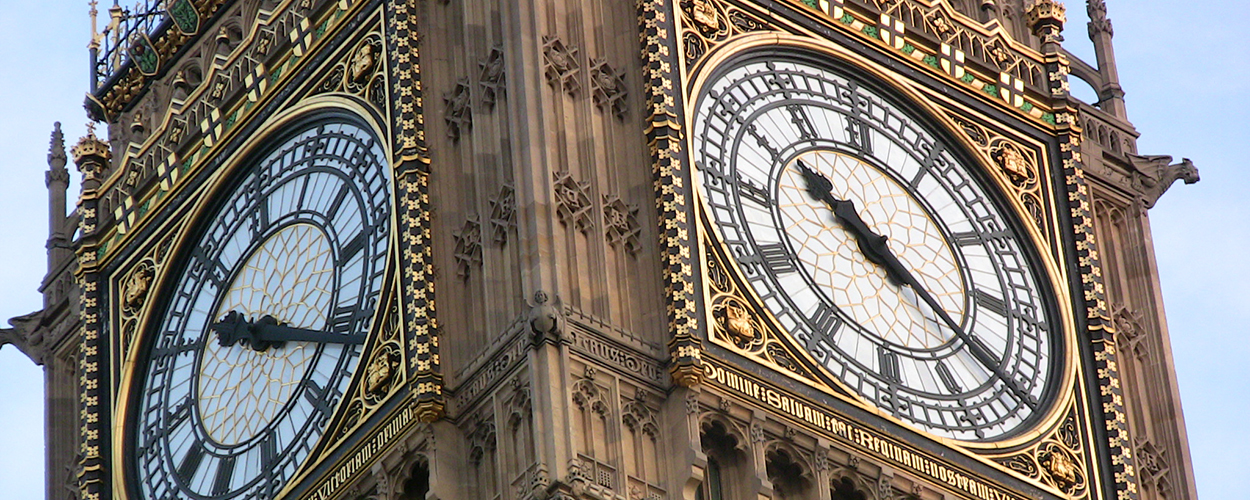This website uses cookies so that we can provide you with the best user experience possible. Cookie information is stored in your browser and performs functions such as recognising you when you return to our website and helping our team to understand which sections of the website you find most interesting and useful.
Business News Digital Labels & Publishers Legal
Dissecting The Streaming Inquiry #01: The big picture view
By Chris Cooke | Published on Monday 25 January 2021

The UK Parliament’s inquiry into the economics of streaming is now well underway and last week the culture select committee published all 197 submissions that have been as part of its investigation.
The inquiry, of course, was sparked by the #brokenrecord and #fixstreaming campaigns. The questions raised by those two initiatives are not new, and some of the organisations involved – like the Ivors Academy and the Musicians’ Union – have campaigned on these issues before.
However, the COVID pandemic gave the whole debate a new sense of urgency. While live music went into shutdown – and other revenues like public performance, sync and merchandise were also negatively hit by COVID – subscription streaming has proven pretty much immune.
For artists and songwriters who have seen their other revenues collapse, the fact that streaming has been unaffected doesn’t necessarily help. Because, for various reasons, streaming is a revenue stream where artists and songwriters often receive a minority share of the money, and even that may be paying off past advances and other expenditure.
With many artists and songwriters struggling financially while streaming continues to boom, the spotlight understandably fell on the streaming business model, and why it is that this revenue stream isn’t particularly lucrative for many artists and songwriters.
Online, part of this debate has focused on the streaming services themselves and the tiny micro-payments that are paid per-stream. However, once the culture select committee began its inquiry, it became clear that the formal debate would focus more on what happens to the money the streaming services pay over to the music industry, given – industry-wide – those payments are significant.
This is the good old digital pie debate. How is streaming income shared out between artists, songwriters, session musicians, labels, distributors, publishers and collecting societies? How were the current splits decided? Are they fair? And if not, how can they be changed?
The streaming business is complicated. Understanding how things works and why they work that way requires knowing something about copyright law, record contracts, publishing contracts, collective licensing, the way artists traditionally structure their businesses, and the respective role of an artist’s different business partners, including labels and publishers.
There are definitely issues with the streaming business model – but addressing those issues requires navigating and understanding all the complexities. That’s why, five years ago, the UK’s Music Managers Forum commissioned CMU Insights to undertake the ‘Dissecting The Digital Dollar’ project, so that the management community could better advise their clients and play an informed role in the wider debate.
Over the next few days, we will be going through some of the key submissions made to the inquiry; reviewing the various arguments made; explaining the background to the issues, and the pros and cons of the various solutions proposed.
CMU actually made its own submission to the inquiry. Unlike those made by music companies, trade bodies, artists and other industry experts, the CMU submission wasn’t designed to set out any one particular viewpoint, but instead to explain why there are so many different strands to the music industry, how those strands interact, and how that has impacted on the streaming business model. Which is to say, to provide a big picture view.
The submission notes: “To properly debate the economics of streaming – and the various issues that have been raised about the current streaming business model – we feel it’s important for the committee to have that big picture view. The streaming business model only makes sense – and any issues can only be addressed – when you are able to navigate all the different strands of the music industry and understand how they fit together”.
You can read CMU’s submission here. And we’ll start dissecting and explaining the other submissions in tomorrow’s CMU Daily. You can follow all our full coverage of the inquiry into the economics of streaming via this CMU timeline here.





